Publications
A repository of publications focusing on FLR in the context of Asia.
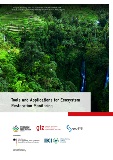
Tools and Applications for Ecosystem Restoration Monitoring
2024
The study analyzes 11 freely available monitoring tools and apps which can support local ecosystem restoration implementers to track and report their activities and progress. The study does so by comparing each tool's functionalities, technical requirements, and user-friendliness.
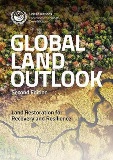
Global Land Outlook 2nd edition
2022
Sets out the rationale, enabling factors, and diverse pathways by which countries and communities can reduce and reverse land degradation by designing and implementing their bespoke land restoration agenda. Land restoration for recovery and resilience is about creating livelihood and development opportunities for people simply by changing the way we use and manage our land resources.
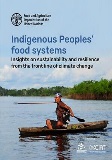
Indigenous Peoples’ food systems: Insights on sustainability and resilience from the front line of climate change
2021
FLR related unique element of Indigenous peoples includes maintaining biodiversity of native species and richness of domestic species. Agreements, REDD+ initiative to stop forest logging, local restoration initiative and collaboration, government collaboration with indigenous people in sharing knowledge and traditional methods, decreased impacts from the industrial land use, shifting cultivation and spiritual belief contributes in FLR.
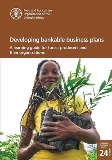
Developing bankable business plans: A learning guide for forest producers and their organizations
2021
This guide was developed to improve the capacity of small producers, their organizations and small and medium-sized enterprises to access private investment and finance for sustainable forest-based businesses.
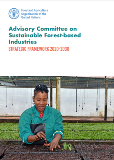
Advisory Committee on Sustainable Forest-based Industries Strategic Framework 2020-2030
2021
The Advisory Committee for Sustainable Forest-based Industries (ACSFI) is a statutory body that acts as a forum for dialogue between FAO and the private sector, furthering the Organization's mission to develop and strengthen the sustainable global forest sector. This Strategic Framework sets out the Committee's major areas of action for the next 10 years, broken down into short-, medium- and long-term initiatives. One of the top priorities identified by ACSFI is forest ecosystem restoration.
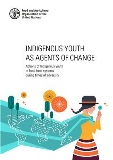
Actions of Indigenous youth in local food systems during times of adversity
2021
"Inherent cultural attributes of Indigenous youth along with the innovative traits and socio-political activism can contribute to climate change adaptation, resilience, preservation of ecosystems, biodiversity and knowledge preservation. Example: The Chi-Nations Youth Council in Chicago started the process of land restoration using Native medicinal plants. "
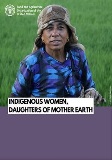
Indigenous women, daughters of Mother Earth
2020
Indigenous traditional knowledge on native seeds, food and medicinal plants, women's tenure right and participation, recognition of their knowledge and contributions are to be considered when designing policies and programmes related to FLR and to meet 2030 SDGs.

Policies that support Forest Landscape Restoration: What they look like and how they work.
2020
A successful process to advance forest landscape restoration (FLR) needs to motivate, enable and resource its implementation. This brief offers a preliminary exploratory analysis of some of the range of policies that respond to each of these three requirements.
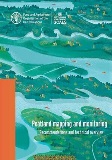
Peatland mapping and monitoring: Recommendations and technical overview
2020
This report can be used to identify mapping and monitoring needs, and define suitable approaches and tools to ultimately reflect peatlands into national land use monitoring systems, such as national forest monitoring systems.
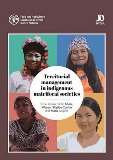
Territorial management in indigenous matrifocal societies
2020
Reflects the models of natural resources management of indigenous people in presence of internal factors or external pressures in a sustainable way maintaining relationship balance to political and social organization systems. Also sheds light on role of women in the transmission of knowledge and importance of indigenous techniques and practices.
Search by
Type of document
- Approach (20)
- Classification (1)
- Factsheet (3)
- Guidelines (22)
- Methodology (7)
- Policy brief (2)
- Report (16)
- Training manual (3)
Request to add a publication to this list by emailing: [email protected] with the title and hyperlink.
Disclaimer
The information in the publications displayed does not imply any official endorsement of or responsibility on the part of FAO for the opinions, ideas, data or products presented at these locations, or guarantee the validity of the information provided. The purpose of this repository is to provide users with convenient access to information to support project/programme document development, users have the responsibility of assessing its relevance, accuracy and suitability of application.
